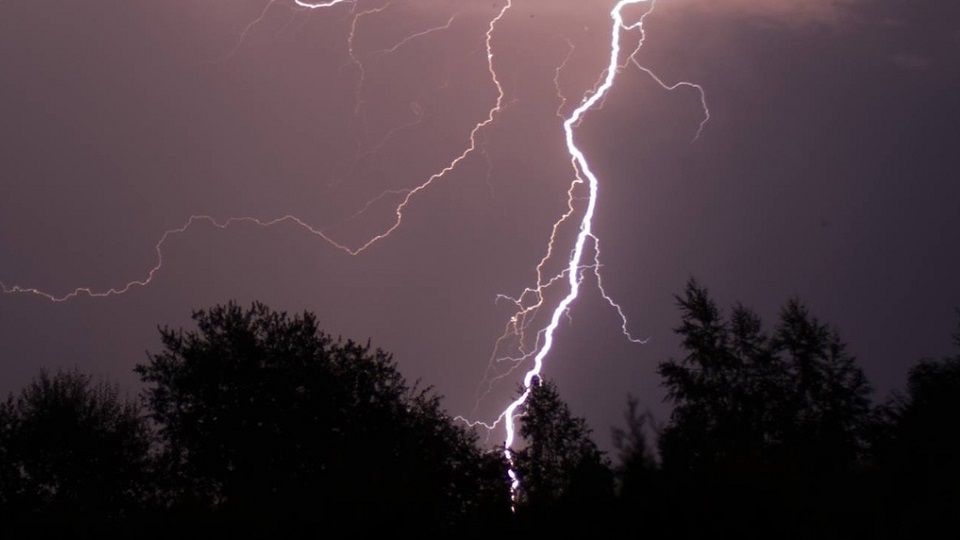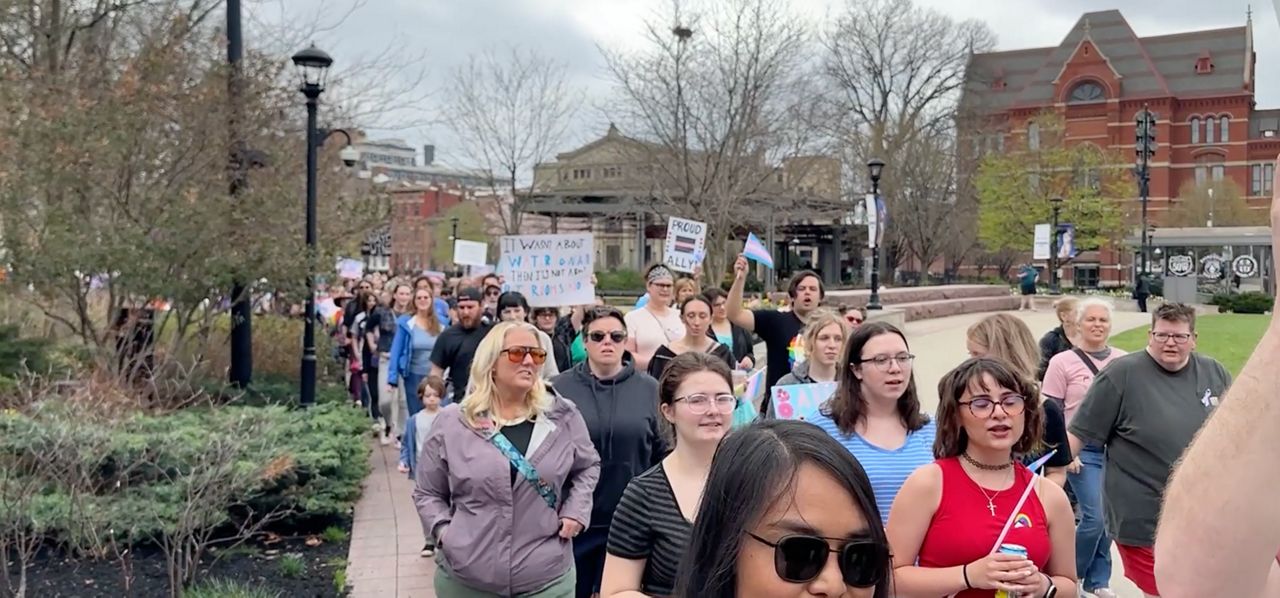CINCINNATI, Ohio — They can bend, twist and even explode.
Chemistry students at the University of Cincinnati are exploring how lab-grown crystals can do some super cool things when exposed to their sustainable secret weapon, LED light.
Fionna Wasson is a fourth-year Ph.D. candidate at the University of Cincinnati. She said her love for science is rooted in the magic of discovering new things.
“There are only a few labs in the United States that do photodynamic crystals, which is what we’re mostly working with,” Wasson said. “We’re the only ones that are mostly studying azide photodynamic explosive crystals.”
You can’t hear it, but the reactions you see are the cause of the internal pressure buildup from the release of nitrogen gas. Wasson said those reactions can take minutes to hours to happen and depend on how the molecules are packed in the crystals.
“The best part is it’s endless. We have a lot of crystal structures, but not a lot of understanding of how these crystals came to be. We also don’t have a lot of understanding of what their solid state response is to certain stimuli,” she said.
“We didn’t realize this initially because we used to do all these reactions in closed cabins, because UV light is not good for your eyes,” Distinct Research Professor Anna Gudmundsdottir said.
Gudmundsdottir received a $550,000 grant from the National Science Foundation, which helped green-light the student’s research. She said that funding is training and growing the pipeline of future scientists.
“We have to have something that is new and has potential applications to be funded,” Gudmundsdottir said. “It makes them a lot more employable because they’ve been at the forefront of discovery.”
Wasson said the hope is that their findings can potentially be applied as solutions to many different disciplines.
“So whether it be medical device expansion, using the nitrogen gas or photo-chemotherapy sensitizing, or if we’re just trying to make soft robotics, that is going to be the background of what this grant and this research specifically can do,” she said.
UC researchers said their findings could have various uses, including sustainable synthesis, creating safer oxygen systems for airplanes, and light-powered sensory devices.











